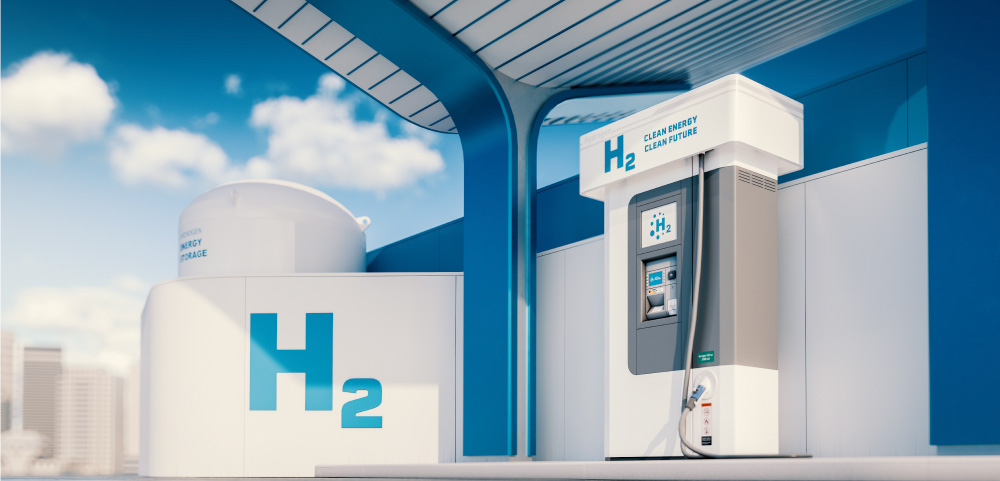About us > The CertifHy Bulletin > Fall 2024 Edition > News 1
The CertifHy Bulletin - Spring 2025 Edition
Policy Update | European Commission Revises Low-Carbon Hydrogen Definition – Key Takeaways from the 15 May Expert Group Meeting.
Published: 20th May 2025
This week marks a pivotal moment in Europe’s evolving hydrogen landscape. On 15 May 2025, the European Commission held an Expert Group meeting to discuss a revised draft Delegated Act (DA) defining low-carbon hydrogen—a step that could reshape investment and certification strategies across the EU hydrogen value chain.
The revised draft, shared with Member States just days before the meeting, aims to bring greater clarity and harmonization to how greenhouse gas (GHG) emissions from hydrogen production are assessed. Crucially, the proposal introduces updates to how electricity—particularly nuclear power and grid mix—is treated in the calculation of hydrogen’s carbon intensity.
Below, we summarise the key elements and reactions:
🔍 Key Policy Changes in the Revised Draft
- Higher Upstream Emission Factors for Fossil-Based Hydrogen
The draft adjusted the threshold to a 70% GHG emissions reduction compared to fossil fuels. This translates to a maximum of 3.38 kg CO₂-equivalent per kg of hydrogen, maintaining the same fossil fuel comparator of 94 gCO₂/MJ. - Reduced Emissions Factor for Nuclear Electricity
The Commission has introduced a lower emissions factor for nuclear electricity, potentially improving the carbon profile of hydrogen produced from nuclear power. While welcomed by some industry players, others call for even more flexibility in emissions accounting. - Opening the Door to Nuclear Power Purchase Agreements (PPAs)
The draft suggests that Nuclear PPAs may be included in future GHG accounting. A formal consultation on this issue is scheduled for 2026, with a final classification decision due by July 2028. This timeline, particularly the delay until 2028 for a final decision, has drawn criticism from nuclear stakeholders.
- Real-Time GHG Data for Grid Electricity
A significant methodological shift: the draft now allows the use of real-time grid GHG intensity data, if publicly available. This could incentivize producers to time their hydrogen production with cleaner electricity hours, improving GHG performance and boosting transparency, providing that the availability of public sources exists, which is a topic on its own. - Revised Grid Mix Approach Including Electricity Imports
The national grid mix calculation must now include electricity imports, reflecting the interconnected nature of Europe’s energy market. This update aims to deliver a more accurate picture of the emissions intensity of consumed electricity.
What’s Next?
The European Commission will now analyze the feedback received during the 15 May Expert Group meeting and consider potential revisions to the draft. Once finalized, the Delegated Act will be sent to the European Parliament and Council for approval.
Given the strategic importance of low-carbon hydrogen in achieving the EU’s climate goals, further technical and political discussions are likely in the months ahead. Organizations like CertifHy and others across the hydrogen certification space are actively monitoring the developments and will continue to guide stakeholders through the upcoming regulatory shifts.
Why It Matters
As the EU works to decarbonize hard-to-abate sectors, clarity around low-carbon hydrogen will be essential for ramping up production and meeting the 2030 climate targets.
As CertifHy, a Voluntary Scheme (VS) for RFNBOs, we are closely following developments in the low-carbon hydrogen space. We intend to position and develop a CertifHy Low-Carbon certification scheme once the definitive legal text is published, enabling robust, harmonized certification across the EU.







